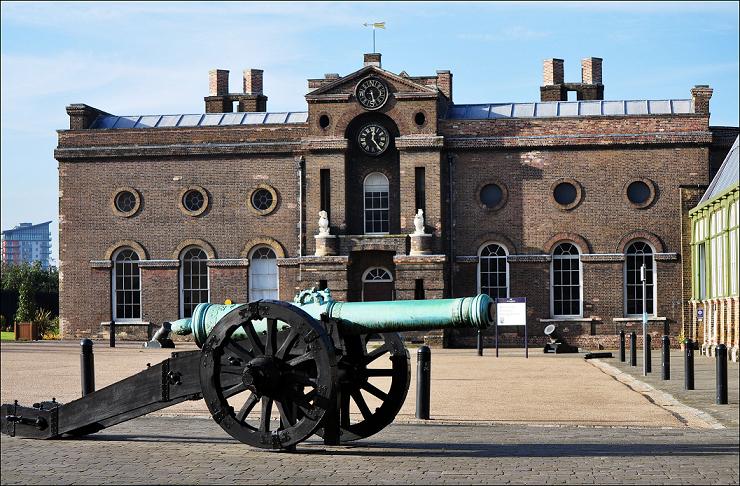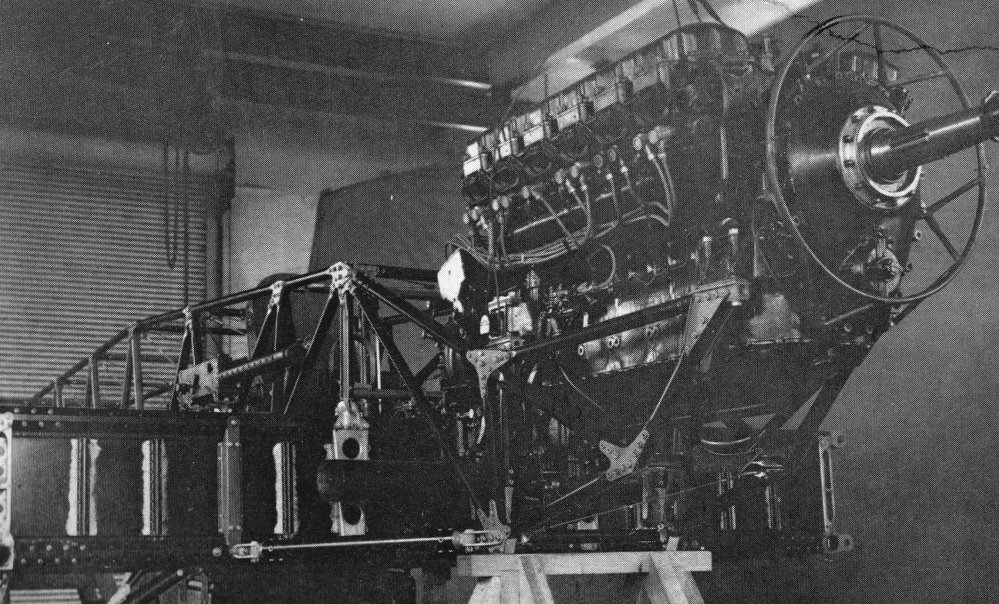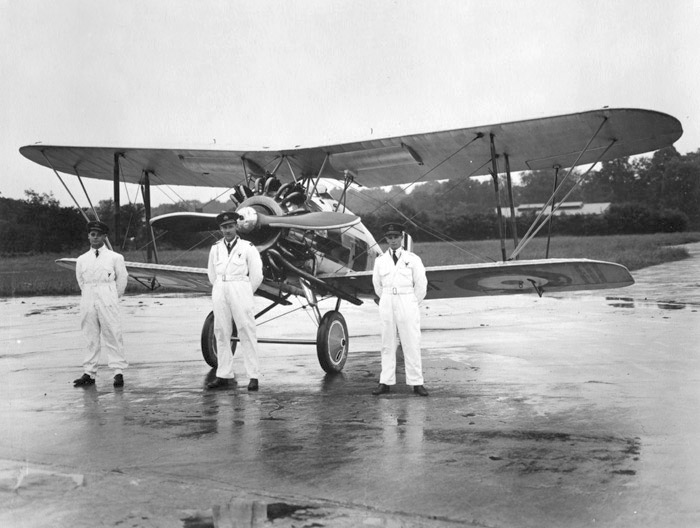|
George Powell-Shedden
George Ffolliott Powell-Shedden, (1 April 1916 – 31 October 1994) was a Royal Air Force pilot who flew during the Battle of Britain and later went on to operational commands. He was also an Olympic bobsledder who competed for Britain in the late 1940s. Early life Born George Ffolliott Powell on 1 April 1916 in Cowes on the Isle of Wight, he was the son of Lieutenant Colonel Richmond Ffolliott Powell DSO (1880–1956) and Alice Katherine Beatrix Shedden. Powell-Shedden was youngest of three brothers: Richmond Roscow Ffolliott Powell (born 1909); and Atherton George Ffolliott Powell (born 1912), who later became a lieutenant colonel in the Royal Welch Fusiliers. He had one sister, Rosemary Beatrix Ffolliot Powell. He assumed the surname of Powell-Shedden by deed poll of 9 August 1938. Powell-Shedden was educated at Wellington College, where he became a sergeant in the Officers' Training Corps. After leaving school he entered the Royal Military Academy, Woolwich, but then switch ... [...More Info...] [...Related Items...] OR: [Wikipedia] [Google] [Baidu] |
Cowes
Cowes () is an English seaport town and civil parish on the Isle of Wight. Cowes is located on the west bank of the estuary of the River Medina, facing the smaller town of East Cowes on the east bank. The two towns are linked by the Cowes Floating Bridge, a chain ferry. As of 2020 it had an estimated population of 14,724. Charles Godfrey Leland's 19th-century verses describe the towns poetically as "The two great Cowes that in loud thunder roar/This on the eastern, that the western shore". Cowes has been seen as a home for international yacht racing since the founding of the Royal Yacht Squadron in 1815. It gives its name to the world's oldest regular regatta, Cowes Week, which occurs annually in the first week of August. Later, powerboat races are held. Much of the town's architecture is still heavily influenced by the style of ornate building that Prince Albert popularised. History Name The name ''Westcowe'' was attested in 1413 as the name of one of two sandban ... [...More Info...] [...Related Items...] OR: [Wikipedia] [Google] [Baidu] |
Royal Military Academy, Woolwich
The Royal Military Academy (RMA) at Woolwich, in south-east London, was a British Army military academy for the training of commissioned officers of the Royal Artillery and Royal Engineers. It later also trained officers of the Royal Corps of Signals and other technical corps. RMA Woolwich was commonly known as "The Shop" because its first building was a converted workshop of the Woolwich Arsenal. History Origins in the Royal Arsenal An attempt had been made by the Board of Ordnance in 1720 to set up an academy within its Arsenal (then known as the Warren) to provide training and education for prospective officers of its new Regiment of Artillery and Corps of Engineers (both of which had been established there in 1716). A new building was being constructed in readiness for the Academy and funds had been secured, seemingly, through investment in the South Sea Company; but the latter's collapse led to plans for the Academy being placed on hold. After this false start, the aca ... [...More Info...] [...Related Items...] OR: [Wikipedia] [Google] [Baidu] |
Royal Air Force Germany
The former Royal Air Force Germany (RAFG) was a command of the Royal Air Force and part of British Forces Germany. It consisted of units located in Germany, initially as part of the occupation following the Second World War, and later as part of the RAF's commitment to the defence of Europe during the Cold War. The commander of RAFG doubled as commander of NATO's Second Allied Tactical Air Force. History From 1954 Canberra bombers equipped 69 (briefly), 102, 103, 104, 149 Squadrons, and later 59 Squadron at RAF Gütersloh. This force was under Bomber Command control from Britain and had been moved to Germany because of overcrowding of suitable airfields in the UK. With the establishment of the British nuclear bomber forces in the context of NATO's strategy of massive retaliation the Canberra bomber squadrons were again withdrawn from Germany. After 1955, the majority of the airfields were handed over to the newly established German Air Force and RAF Bückeburg to the ... [...More Info...] [...Related Items...] OR: [Wikipedia] [Google] [Baidu] |
D-Day
The Normandy landings were the landing operations and associated airborne operations on Tuesday, 6 June 1944 of the Allied invasion of Normandy in Operation Overlord during World War II. Codenamed Operation Neptune and often referred to as D-Day, it was the largest seaborne invasion in history. The operation began the liberation of France (and later western Europe) and laid the foundations of the Allied victory on the Western Front. Planning for the operation began in 1943. In the months leading up to the invasion, the Allies conducted a substantial military deception, codenamed Operation Bodyguard, to mislead the Germans as to the date and location of the main Allied landings. The weather on D-Day was far from ideal, and the operation had to be delayed 24 hours; a further postponement would have meant a delay of at least two weeks, as the invasion planners had requirements for the phase of the moon, the tides, and the time of day that meant only a few days each month wer ... [...More Info...] [...Related Items...] OR: [Wikipedia] [Google] [Baidu] |
Squadron Leader
Squadron leader (Sqn Ldr in the RAF ; SQNLDR in the RAAF and RNZAF; formerly sometimes S/L in all services) is a commissioned rank in the Royal Air Force and the air forces of many countries which have historical British influence. It is also sometimes used as the English translation of an equivalent rank in countries which have a non-English air force-specific rank structure. An air force squadron leader ranks above flight lieutenant and immediately below wing commander and it is the most junior of the senior officer ranks. The air force rank of squadron leader has a NATO ranking code of OF-3, equivalent to a lieutenant-commander in the Royal Navy or a major in the British Army or the Royal Marines. The equivalent rank in the Women's Auxiliary Air Force, Women's Royal Air Force (until 1968) and Princess Mary's Royal Air Force Nursing Service (until 1980) was "squadron officer". Squadron leader has also been used as a cavalry command appointment (UK) and rank (Fran ... [...More Info...] [...Related Items...] OR: [Wikipedia] [Google] [Baidu] |
Auxiliary Air Force
The Royal Auxiliary Air Force (RAuxAF), formerly the Auxiliary Air Force (AAF), together with the Air Force Reserve, is a component of His Majesty's Reserve Air Forces (Reserve Forces Act 1996, Part 1, Para 1,(2),(c)). It provides a primary reinforcement capability for the regular service, and consists of paid volunteers who give up some of their weekends, evenings and holidays to train at one of a number of squadrons around the United Kingdom. Its current mission is to provide trained personnel in support of the regular RAF. Formation The Royal Auxiliary Air Force owes its origin to Lord Trenchard's vision of an elite corps of civilians who would serve their country in flying squadrons in their spare time. Instituted by Order in Council on 9 October 1924, the first Auxiliary Air Force squadrons were formed the following year. The pilots of AAF squadrons were generally formed from the wealthier classes, as applicants were expected to already have, or be prepared to obtain, thei ... [...More Info...] [...Related Items...] OR: [Wikipedia] [Google] [Baidu] |
Messerschmitt Bf 109
The Messerschmitt Bf 109 is a German World War II fighter aircraft that was, along with the Focke-Wulf Fw 190, the backbone of the Luftwaffe's fighter force. The Bf 109 first saw operational service in 1937 during the Spanish Civil War and was still in service at the end of World War II in 1945. It was one of the most advanced fighters when it first appeared, with an all-metal monocoque construction, a closed canopy, and retractable landing gear. It was powered by a liquid-cooled, inverted-V12 aero engine. It was called the Me 109 by Allied aircrew and some German aces, even though this was not the official German designation. It was designed by Willy Messerschmitt and Robert Lusser who worked at Bayerische Flugzeugwerke during the early to mid-1930s. It was conceived as an interceptor, although later models were developed to fulfill multiple tasks, serving as bomber escort, fighter-bomber, day-, night-, all-weather fighter, ground-attack aircraft, and reconnaissan ... [...More Info...] [...Related Items...] OR: [Wikipedia] [Google] [Baidu] |
Battle Of Britain Day
Battle of Britain Day, 15 September 1940, is the day on which a large-scale aerial battle in the Battle of Britain took place.Mason 1969, p. 386.Price 1990, p. 128. In June 1940, the ''Wehrmacht'' had conquered most of Western Europe and Scandinavia. At that time, the only major power standing in the way of a German-dominated Europe was the British Empire and the Commonwealth, given the non-aggression pact between Nazi Germany and the Soviet Union. After having several peace offers rejected by the British, Adolf Hitler ordered the ''Luftwaffe'' to destroy the RAF in order to gain air superiority or air supremacy as a prelude to launching Operation Sea Lion, an amphibious assault by the ''Wehrmacht'' onto the British mainland. In July 1940, the ''Luftwaffe'' started by closing the English Channel to merchant shipping. In August, Operation Adlerangriff (Eagle Attack) was launched against RAF airfields in southern England. By the first week of September, the ''Luftwaffe'' had no ... [...More Info...] [...Related Items...] OR: [Wikipedia] [Google] [Baidu] |
Hawker Hurricane
The Hawker Hurricane is a British single-seat fighter aircraft of the 1930s–40s which was designed and predominantly built by Hawker Aircraft Ltd. for service with the Royal Air Force (RAF). It was overshadowed in the public consciousness by the Supermarine Spitfire during the Battle of Britain in 1940, but the Hurricane inflicted 60 percent of the losses sustained by the Luftwaffe in the campaign, and fought in all the major theatres of the Second World War. The Hurricane originated from discussions between RAF officials and aircraft designer Sir Sydney Camm about a proposed monoplane derivative of the Hawker Fury biplane in the early 1930s. Despite an institutional preference for biplanes and lack of interest by the Air Ministry, Hawker refined their monoplane proposal, incorporating several innovations which became critical to wartime fighter aircraft, including retractable landing gear and the more powerful Rolls-Royce Merlin engine. The Air Ministry ordered Hawk ... [...More Info...] [...Related Items...] OR: [Wikipedia] [Google] [Baidu] |
Douglas Bader
Group Captain Sir Douglas Robert Steuart Bader, (; 21 February 1910 – 5 September 1982) was a Royal Air Force flying ace during the Second World War. He was credited with 22 aerial victories, four shared victories, six probables, one shared probable and 11 enemy aircraft damaged. Bader joined the RAF in 1928, and was commissioned in 1930. In December 1931, while attempting some aerobatics, he crashed and lost both his legs. Having been on the brink of death, he recovered, retook flight training, passed his check flights and then requested reactivation as a pilot. Although there were no regulations applicable to his situation, he was retired against his will on medical grounds. After the outbreak of the Second World War in 1939, however, Douglas Bader returned to the RAF and was accepted as a pilot. He scored his first victories over Dunkirk during the Battle of France in 1940. He then took part in the Battle of Britain and became a friend and supporter of Air Vice Marshal ... [...More Info...] [...Related Items...] OR: [Wikipedia] [Google] [Baidu] |
Palestine (region)
Palestine ( el, Παλαιστίνη, ; la, Palaestina; ar, فلسطين, , , ; he, פלשתינה, ) is a geographic region in Western Asia. It is usually considered to include Israel and the State of Palestine (i.e. West Bank and Gaza Strip), though some definitions also include part of northwestern Jordan. The first written records to attest the name of the region were those of the Twentieth dynasty of Egypt, which used the term "Peleset" in reference to the neighboring people or land. In the 8th century, Assyrian inscriptions refer to the region of "Palashtu" or "Pilistu". In the Hellenistic period, these names were carried over into Greek, appearing in the Histories of Herodotus in the more recognizable form of "Palaistine". The Roman Empire initially used other terms for the region, such as Judaea, but renamed the region Syria Palaestina after the Bar Kokhba revolt. During the Byzantine period, the region was split into the provinces of Palaestina Prima, Pal ... [...More Info...] [...Related Items...] OR: [Wikipedia] [Google] [Baidu] |
Gloster Gladiator
The Gloster Gladiator is a British biplane fighter. It was used by the Royal Air Force (RAF) and the Fleet Air Arm (FAA) (as the Sea Gladiator variant) and was exported to a number of other air forces during the late 1930s. Developed privately as the Gloster SS.37, it was the RAF's last biplane fighter aircraft, and was rendered obsolete by newer monoplane designs even as it was being introduced. Though often pitted against more formidable foes during the early days of the Second World War, it acquitted itself reasonably well in combat. The Gladiator saw action in almost all theatres during the Second World War, with a large number of air forces, some of them on the Axis side. The RAF used it in France, Norway, Greece, the defence of Malta, the Middle East, and the brief Anglo-Iraqi War (during which the Royal Iraqi Air Force was similarly equipped). Other countries deploying the Gladiator included China against Japan, beginning in 1938; Finland (along with Swedish volu ... [...More Info...] [...Related Items...] OR: [Wikipedia] [Google] [Baidu] |
_(LOC)_(16333616919).jpg)







